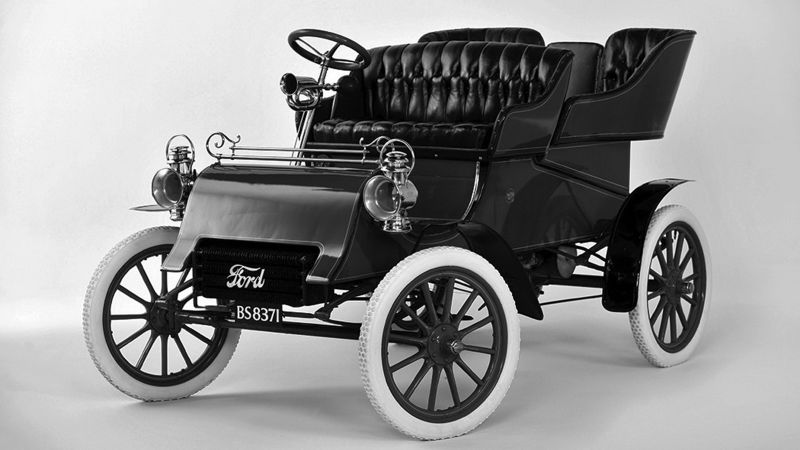Henry Ford’s Legacy: The Birth of the Modern Automobile
Introduction to a Visionary
Henry Ford, born on a farm in 1863 near Detroit, Michigan, was a tinkerer from a young age. His journey into the automotive industry began when he moved to the city as a teenager, securing a position at a machine shop. This pivotal experience laid the foundation for his future innovations in manufacturing and design.
The First Car

In 1890, Ford constructed his first car in a workshop. To enhance his mechanical skills, he took a job at an electrical plant, becoming chief engineer at the Edison Electric Illuminating Company within five years. This knowledge was crucial as he embarked on his automotive journey.
The Quadricycle

Ford dedicated his spare time to developing a new vehicle known as the Quadricycle, which he completed in 1896. This remarkable achievement allowed him to drive through the streets of Detroit, showcasing his innovation.
Expansion and Innovation

Ford’s initial factory was situated in Detroit, a hub for manufacturing. Within a year, he moved to a larger facility on Piquette Avenue, which is now recognized on the National Register of Historic Places, signaling his growing influence in the automotive sector.
The Model A and Model T

The 1903 Model A, priced at $750, was a notable success, enabling Ford to expand operations. In 1908, he introduced the Model T, which revolutionized the automobile industry, making cars accessible to the masses.

A Leader in Industry
By 1927, Ford’s influence was undeniable. He introduced a $5 daily wage in 1914, significantly more than any competitor, contributing to the rise of the modern middle class. While his business practices established Ford as a major industrialist, some of his personal beliefs remained controversial.
The River Rouge Plant

Ford built the River Rouge plant, which became the largest factory in the world. This complex allowed for seamless production from raw materials to finished cars, epitomizing the efficiency of the assembly line.
Introduction of the Updated Model A

The updated Model A was unveiled in late 1927, creating anticipation comparable to that of today’s tech product launches. Over 10 million people came to see it when it went on sale, solidifying its place in automotive history.
The Legacy of Ford

Ultimately, the new Model A became as ubiquitous as the Model T, selling five million units before its production ended in 1932. Although the company’s models diversified afterward, the Model A remains an iconic figure in automotive history.
Conclusion
Henry Ford’s vision not only transformed the automotive industry but also shaped modern manufacturing and consumer culture. His contributions continue to influence the landscape of vehicle production and the mobility of millions today.




